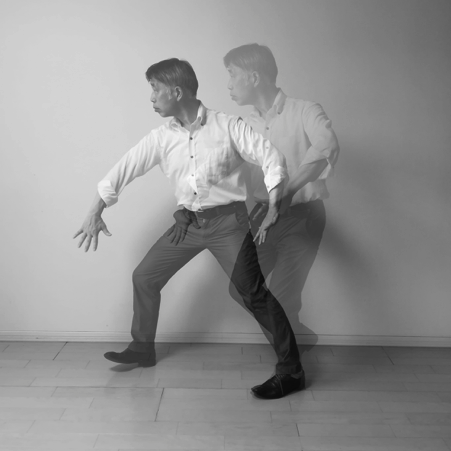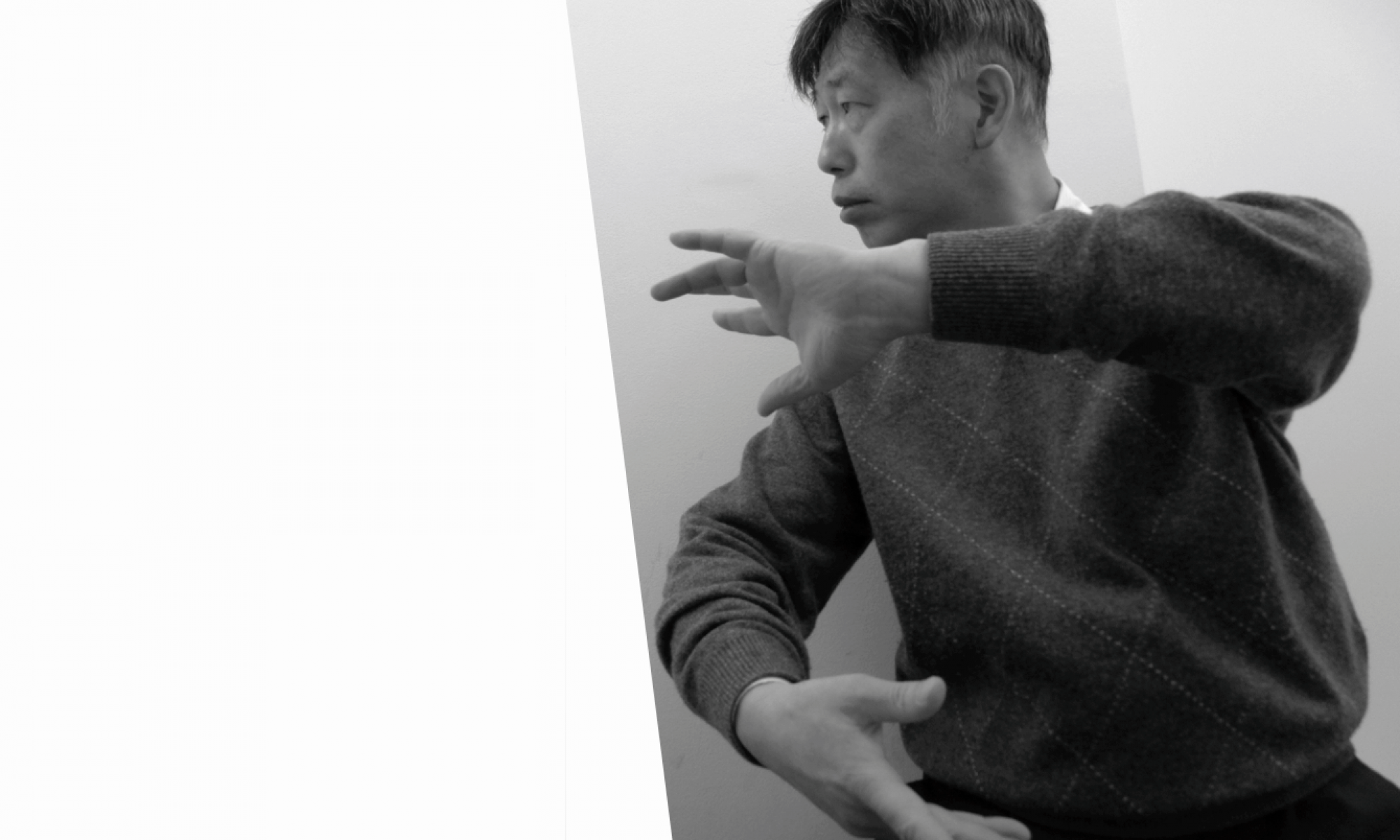
Ji(擠) in Tai Chi is a teleportation movement to get in the opponent fighting barrier.
It is the action of taking the opponent’s midline and is related to the gait.
There’s nothing more scary than an enemy’s fist or face appears in front of you instantly.
Let me explain more.
In Tai Chi, sometimes I see a form that exaggerates the gait.
It is a movement that let the opponent to know the timing and direction of step forward.
Whenever I saw such form demonstrations, I would think that the Tai Chi tradition has been getting lost.
Originally, martial arts steps should not be visible against the opponent.
In Tai Chi, the action of pushing into the opponent’s midline is expressed as Ji(擠).
The word “Ji(擠)”means “push in”.
In Tai Chi, is it an image that pushes in while destroying the opponent’s balance?
However, I interpret “Ji(擠)”in a broader sense.
Ji(擠) does not just push in while touching a part of the opponent’s body.
The same applies to get close at once without touching the opponent.
Ji(擠) starts from the movement of the center of gravity (Dantian) and ends at the time when half of the weight is transferred to the stepping forward foot.
There are two important teachings about the movement of Ji(擠).
Firstly the center of gravity starts to move as a motion of inner Jin (內勁), and then the foot comes out. Don’t move your foot first.
There is a certain time of translational motion in which the pelvis moves without rotating.
(See top photo)
The center of gravity moves horizontally as if sliding on the ice.
Since Tai Chi form moves slowly, the translational motion distance is small.
However, if the opponent steps back in actual battle, this distance will increase.
This is a basic movement so that you could not fight without it.
This translational motion strengthens the next movement of three-dimensional rotations of the lower back (pelvis).
I will explain this in the next episode.
Tai Chi forms are a repetition of bow stance based on PengLuJiAn(掤捋擠按). This time, I explained the third movement of bow stance walk.
